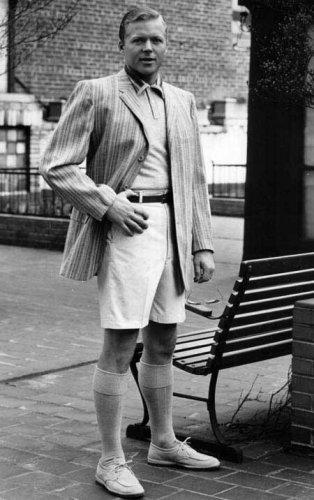I often get the impression, reading some of our national newspapers, that there is no art outside the confines of the M25. This is, of course, the purest nonsense. Our provincial galleries are more than just repositories for the local second-rate and Victorian pot-boilers: there is some seriously good stuff out there.
Nipping into Manchester Art Gallery I had a look at the current featured exhibitions (both very good, just a few weeks left to catch them) and then had a wander round the permanent exhibitions. It's a varied collection, though I tend to spend most of my time ogling the Valettes or else mooching round the Gallery of Craft and Design. This is a bad habit as this means that I tend to forget just how good some of the other works are. Much to my shame it was only by the purest chance that I happened to stop and pay proper attention to:  Balaclava, by Elizabeth Thompson, Lady Butler (1876)
Balaclava, by Elizabeth Thompson, Lady Butler (1876)
The central figure was modelled by W.H. Pennington, an actor who had taken part in this action. Other veterans were also consulted and used as models.
The portrayal of the soldiers was controversial as it depicted the psychological effects of war rather than some martial glory. This is no triumphal set: it is a gathering of comrades after trauma and tragedy. Most of the main figures reek of exhaustion and concern for the well-being of their fellows coming back from the field. The depth of the detail is staggering: figures who would be background fillers or mere bodies in the wings are real people with pain, shock and worry in their eyes. You can almost feel the agonies of fatigue and injury, the body language showing this much more graphically than do the bloodstains and tears.
Pennington's pose itself is astonishing. He stands and stares you in the eyes but is completely out of it: eyes blank, slack-jawed and with his bloodstained sword held limply as if the merest irrelevance.
This painting is immensely moving seen in real life. I'd been stood standing, gobsmacked for a good ten minutes when an old chap next to me observed:
"That's a very powerful picture. Even the birds in the sky over the battlefield look shell-shocked."
And damn me, he was right.








9 comments:
I thought I spotted you going up the steps.
We have some great Victorian 'pot boilers' as well - don't forget Alma's Silver Favourites and who could fail to be attracted to Sappho?
Good to see 'Balaclava' was painted by a woman - that's very unusual.
Thanks for the tip - I'd love to see it in the 'real'
Interesting that it's by a woman but not as unusual as we might think - there were lots of great women artists around in the Italian renaissance but the more famous studio master tended to put his name all the art coming from his studio. Even female artists celebrated in their own right at the time tend now to be re-attributed to men (because art by men is more valuable)...
And here endeth today's feminist sermon
I like going to local art galleries. Derby has some Joseph Wright of Derby pictures that are always worth a look (although I've never understood why he's Joseph-Wright-of-Derby and not just plan Joseph Wright). Not exactly a well-trodden path down here.
Not that I'm often in Manchester, but I'll certainly want to see this one next time.
I must admit Im not much of a one for art galleries but I do enjoy viewing the family paintings in some of our stately homes. Trying to get to grips with the people who actually lived in them is quite fascinating.
KAZ: I'm all in favour of the occasional potboiler.
Lulu: true enough. It is silly: for centuries art was about the only respectable way for a lady to make a living so why wouldn't some of them be extremely proficient at it?
Mme dF: it'll be worth it. Enjoy Derbyshire. (I've just realised it's nigh on thirty years since I was last in Derby.)
Ms. Cake: this is why I find Victorian pot-boilers so interesting. Trying to guage the character of local luminaries is always fun.
I too make a point of seeing the local art gallery when I'm in a ("provincial") town and am often surprised by the high standand found there. I know how you feel, Kev, I once stood in front of Picasso's Guernica for a full half hour.
In Norway I saw an exhibition featuring the iconic pic of Che Guevara depicted in tapestry.
SXX
WV: artival
I like this. It reminds me a bit of the Zapporozhian Cossacks by Ilya Repin. I love that a woman painted it!
Gadjo: I can believe it!
Scarlet: welcome back! The tapestry Che is one of those things that sounds peculiar until you see it. I once saw the same iconic image done as a collage from bits of old chocolate bar wrappers (there was a post-modernist irony vibe about it) which sounds gimmicky but looked surprisingly effective.
Willow: thanks for that. And thanks for the tip: I hadn't seen that painting.
Post a Comment